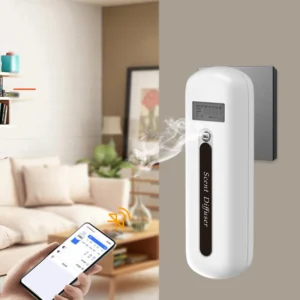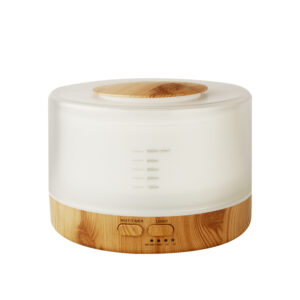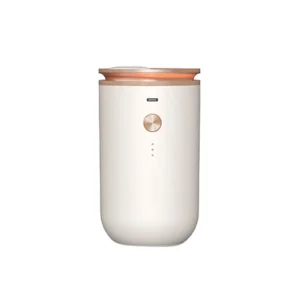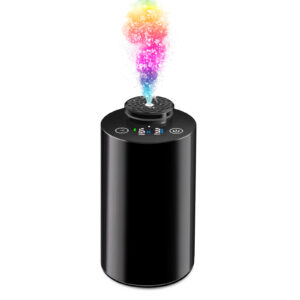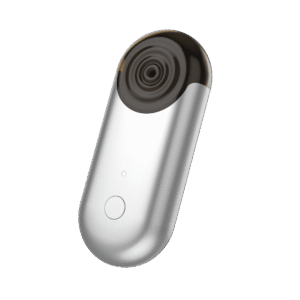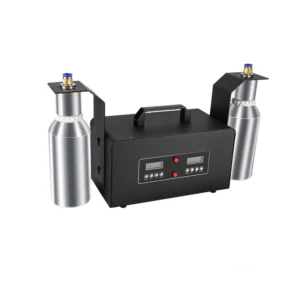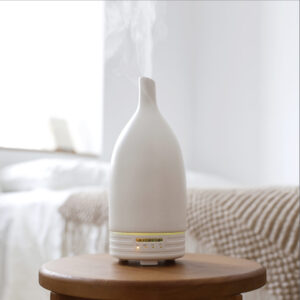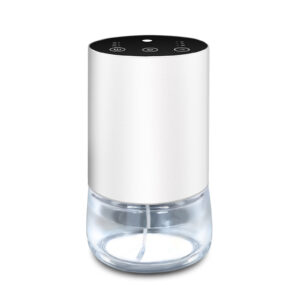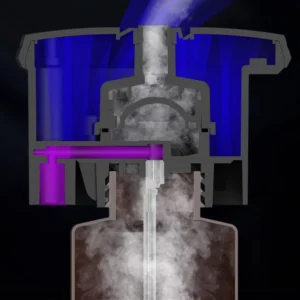Breaking the Price War Dilemma: How Aroma Diffuser Brands Can Achieve Market and Profit Dual Success through Micro-Innovation
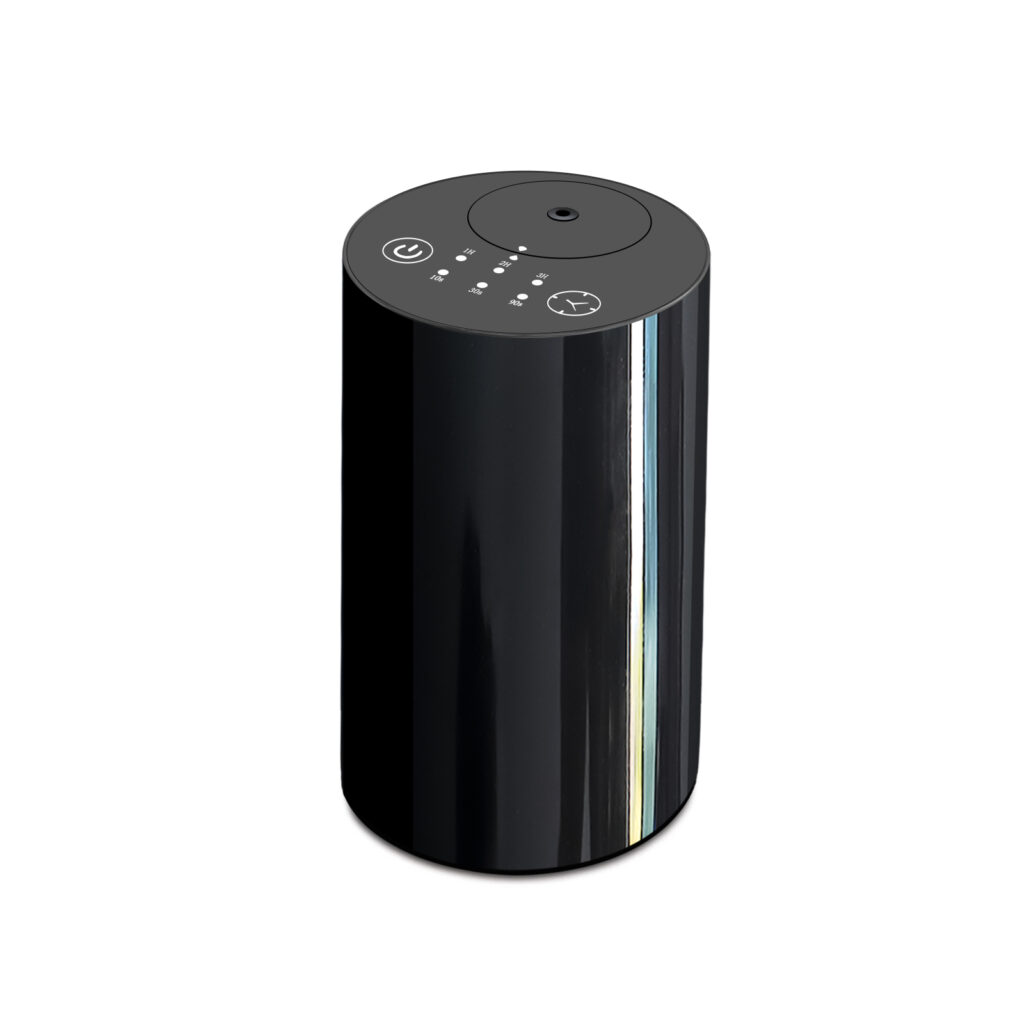
In the increasingly competitive aroma diffuser market, many brands are facing unprecedented challenges. This article will delve into a real customer collaboration case study, analyzing how to break free from price wars and achieve a win-win situation through product innovation and supply chain optimization. This article is not only applicable to companies engaged in aroma diffusers and essential oil diffusers but also provides valuable insights for brands focusing on scent marketing strategies.
Introduction: The Transformation and Challenges of the Aroma Diffuser Market
As the global fragrance product market rapidly expands, more skincare brands and perfume suppliers are entering the aroma diffuser sector. This cross-industry competition not only compresses the market share of traditional aroma diffuser brands but also imposes higher cost pressures on the supply chain. Additionally, factors such as tariff fluctuations, rising transportation costs, and currency instability have prompted many customers to seek more cost-effective supply solutions.
Customer Demands and Challenges
Specific Customer Needs
In this case, the customer is a strong aroma diffuser brand with a robust sales network in the European and American markets. They set a challenging target procurement price for their best-selling product, requesting an incredible quantity of 80K pcs.
Customer Motivations and Goals
Through in-depth analysis of the customer’s market strategy, we identified their core goals:
- To penetrate the market with highly competitive pricing.
- To achieve rapid market share expansion in a short time.
- To create a differentiated product line to avoid homogenized competition.
The customer aimed to lower procurement costs to gain a price advantage, but this strategy poses significant risks in the current market environment.
Risk Assessment: The Dangers of a Low-Price Strategy
Cost Analysis
We conducted a detailed assessment of the customer’s target price and found that:
- The requested price was nearly equivalent to our cost price.
- Considering fluctuations in exchange rates, rising transportation costs, and tariff adjustments, this pricing strategy could lead to losses.
- Any uncontrollable cost changes could pose significant risks to the entire project.
Impact on Customer Profitability
Although the customer sought a market advantage through low prices, our further analysis revealed:
- After accounting for advertising costs, operational expenses, and inventory financing, the customer’s actual profit margin was extremely limited.
- This “price-for-volume” strategy is not sustainable in the long run.
Solution: Value Innovation as an Alternative to Price Wars
Identifying Customer’s Underlying Issues
We realized that what the customer truly needed was not the “lowest price,” but the “highest cost-performance ratio.” Therefore, we proposed the following solutions:
Product Design Optimization
We suggested a product improvement plan focusing on “visual upgrades + functional micro-innovation”:
- Adding petal elements on the top of the aroma diffuser to enhance artistic appeal.
- Introducing CD textures to give the product a stronger modern and stylish appeal.
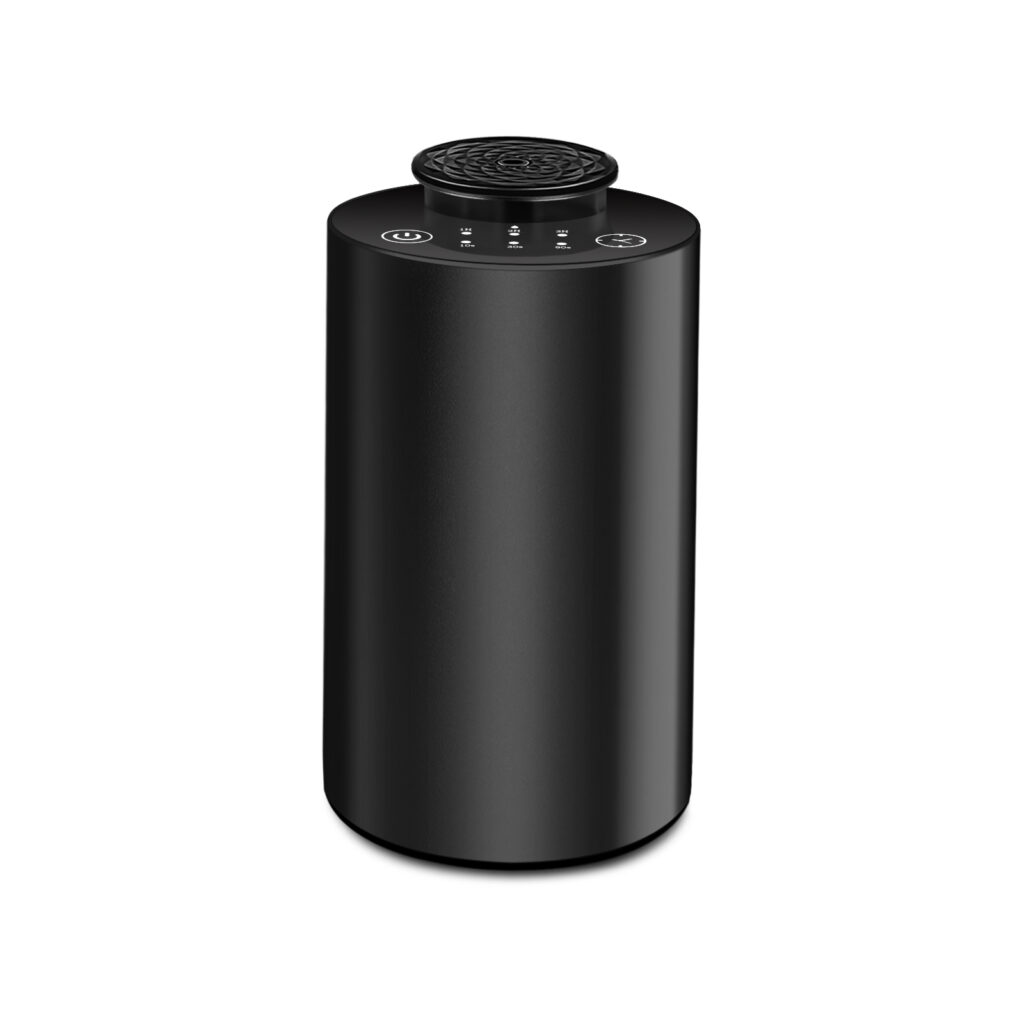
Material and Process Adjustments
- By optimizing mold structures, we shortened the production cycle by 30%.
- Achieving dual enhancements in product appearance and functionality without increasing costs.
- Significantly boosting the product’s market competitiveness while maintaining original costs.
Implementation Process: From Concept to Reality
Prototyping and Testing Phase
- Week 1: Rapidly validated the feasibility of the product structure using 3D printing technology.
- Week 2: Simultaneously initiated modifications on two sets of molds, significantly shortening the project timeline.
- Throughout the sample manufacturing process, we adhered to the principle of continuous improvement, meticulously adjusting and testing every detail until we were completely satisfied with the product.
Customer Feedback
- The customer expressed great satisfaction upon receiving the samples.
- They noted that the product was not only more visually appealing but also achieved functional micro-innovations.
- The customer highly appreciated our ability to complete sample development with high quality in a short timeframe.
Outcome Showcase: From Innovation to Market Success
Improved Product Appearance
- The product now features a more three-dimensional appearance with stronger visual layers.
- Upgraded materials and craftsmanship provide a more high-end feel.
- The product clearly differentiates itself from similar items on the market, avoiding the pitfalls of price wars.
Consumer Response
- Consumers are willing to pay a premium for higher quality.
- The customer’s profit margin has significantly increased.
- The product quickly became a best-seller on platforms, receiving numerous positive reviews.
Win-Win Results: A Triumvirate Success for Customers, Suppliers, and Consumers
Customer Profitability Enhancement
- Transitioning from low-price competition to high-value sales.
- Significant enhancement in product differentiation and steady market share growth.
- The customer gained a unique and highly competitive product.
Our Gains
- Established a closer partnership with the customer.
- Accumulated valuable experience in product design and supply chain management.
- Achieved a strategic shift from “price competition” to “value co-creation.”
Conclusion: Key Success Factors and Future Outlook
Key Success Factors
- Value Innovation Over Price Wars
- Creating differentiated advantages through product design and functional micro-innovations to avoid price wars.
- Agile Supply Chain Response
- Rapid prototyping, simultaneous mold opening, and process optimization ensure efficient project advancement.
Customer-Centric Solutions
- Deeply understanding the customer’s true needs and providing products and services that exceed expectations.
Recommendations for Future Collaborations
- Implement small-scale innovations on best-selling products to help clients avoid intense competition.
- Utilize data analysis and market feedback for continuous product design optimization.
- Build a more flexible supply chain system to address uncertainties in future markets.
FAQ: Common Questions About the Aroma Diffuser Market and Product Innovation
How to Stand Out in the Aroma Diffuser Market?
- Through product differentiation and brand positioning, combined with visual design and functional innovation, create a unique market identity.
Is a Low-Price Strategy Applicable in the Aroma Diffuser Industry?
- It may be effective in the short term, but it can easily lead to price wars in the long run. It is advisable to enhance product added value through value innovation.
How to Optimize the Aroma Diffuser Supply Chain?
- Adopt an agile manufacturing model to shorten prototyping cycles, enhance responsiveness, and control cost fluctuation risks.
What Features Do Consumers Value Most in Aroma Diffusers?
- Appearance Design: (e.g., wood grain, petal shapes)
- Functionality: (e.g., timed misting, silent operation)
- Materials and Craftsmanship: (e.g., CD textures, eco-friendly materials)
How to Integrate Scent Marketing with Aroma Diffusers?
- By incorporating scent marketing, position aroma diffusers as part of brand experience to enhance emotional connections and brand loyalty among consumers.

